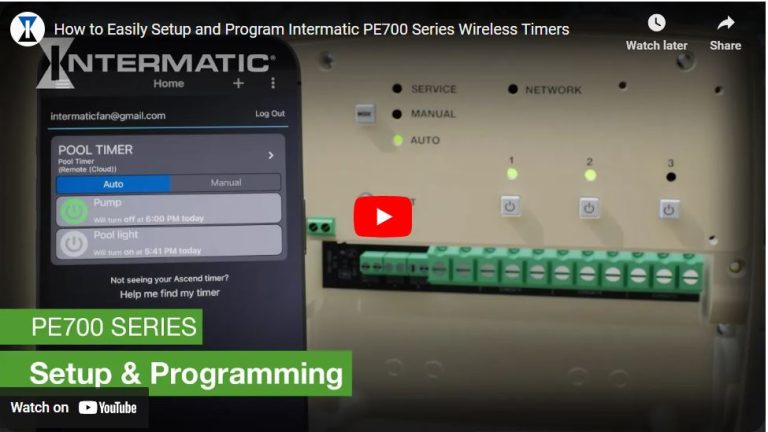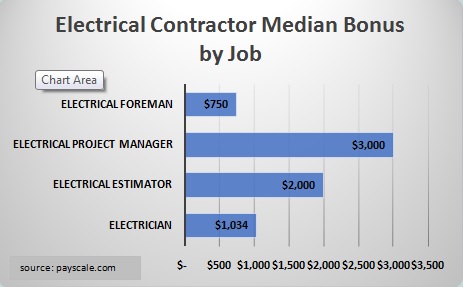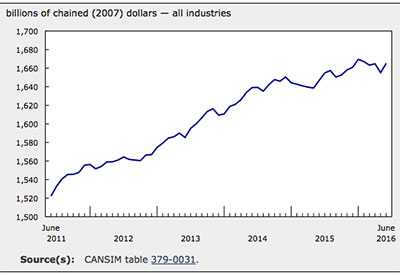22 CE Code Changes Related to Wiring Devices and Cable Management, Part 2

July 26, 2016
Appearing below are eight more examples of Canadian Electrical Code changes involving wiring devices and cable management, compiled by Legrand. This is the second of a three-article series on the 22 changes. Watch for Part 3 in the next issue of Electrical Industry News Week.
9. Rule 26-712, Item (A) and Requirement (Vi) Under Item (D) — Receptacles for Dwelling Units
Clarifications to ensure that there are the required number of receptacles installed in kitchens (shown in image).
Rule 26-712 provides details for all the locations in dwellings where receptacles are required, with the intent being to ensure an adequate quantity of receptacles are installed throughout to facilitate the use of electrical appliances while simultaneously minimizing the usage of extension cords. Item (a) and Requirement (vi) under Item (d) have been clarified and aligned to ensure that the method of “determining layout of receptacles in finished walls” as summarized within Rule 26-712, Item (a) is also utilized when referencing dining areas and remaining finished walls that form parts of kitchens as described in Requirement (vi) under Item (d). Prior language required a minimum of one duplex receptacle to be installed within these areas, when in fact the layout method that shall apply in these applications may actually require additional devices.
10. Rule 26-720 —Special Terminology
Definitions for arc-fault protection and related products are provided here.
Pertaining to branch circuits for residential occupancies, the terms arc-fault protection, combination-type arc-fault circuit interrupter and outlet branchcircuit-type arc-fault circuit interrupter are all defined here, as their usage within residential branch circuit applications is becoming more prevalent.
11. Rule 26-724, Item (E) — Branch Circuits for Dwelling Units
Receptacles on individual branch circuits are to be installed in accordance with amended Rule 26-712 (d) (vi).
Formerly addressed in Rule 26-722, Item (e), Rule 26-724, Item (e) provides for alignment with amended Rule 26-712 (d)(vi) by requiring that an individual branch circuit be provided for receptacles installed in dining areas forming parts of a kitchen to allow for the use of high-wattage appliances.
12. Rule 26-724, Item (F) — Branch Circuits for Dwelling Units
Significant expansion within the residential occupancy where AFCI protection is required.
Whereas the earlier Rule 26-722, Item (f) was limited to sleeping facilities within a dwelling unit, amended Rule 26-724, Item (f) now requires that all branch circuits supplying 125V receptacles rated 20A or less be protected by a combination-type AFCI as defined in Rule 26-720. The few exceptions to this rule include those areas where the circuits are required to have ground-fault protection (washrooms, kitchen counter work surfaces), and those areas where there is some likelihood that a nuisance trip would go unnoticed (receptacles for kitchen refrigeration and sump pump applications).
13. Rule 26-724, Item (G) — Branch Circuits for Dwelling Units
Allows for the use of outlet branch-circuit-type arc-fault circuit interrupter (OBC AFCI).
In lieu of the combination-type arc-fault circuit interrupter required in amended Rule 26-724, Item (f), Item (g) summarized here now allows an OBC AFCI to be used, provided that it is installed at the first outlet on the branch circuit, and the wiring method for the portion of the branch circuit between the branch-circuit overcurrent device and the first outlet consists of metal raceway, armoured cable or non-metallic conduit or tubing to provide for added mechanical protection for the circuit conductors.
14. Rule 66-404 — Receptacles
New rule for receptacles located in midways, carnivals, fairs and festivals.
Receptacles having CSA configuration 5-15R or 5-20R that are installed in travelling midways, carnivals, fairs and festivals that are intended to supply loads in outdoor or damp locations shall be protected by a Class A GFCI. Many of these applications utilize cord and plug-connected equipment, where cords are commonly placed or are run through damp and wet locations.
15. Rule 66-456, Subrule (2)(C) — Single-conductor cable connections
New requirement for seal or cap while connector is not in use.
Plug-in connectors for single-conductor cables are still to be of a locking type, and to either incorporate a mechanical interlock to prevent wrong connections or to be colour-coded; however, a new added requirement is that all connections that are not in use are to be covered with an acceptable seal or cap.
16. Rule 66-456, Subrules (5) and (6) — Single-conductor cable connections.
New requirement for seal or cap while connector is not in use.
Plug-in connectors for single-conductor cables are still to be of a locking type, and to either incorporate a mechanical interlock to prevent wrong connections or to be colour-coded; however, a new added requirement is that all connections that are not in use are to be covered with an acceptable seal or cap.
Read Part 1, published in the previous issue of Electrical Industry News Week: http://electricalindustry.ca/latest-news/2389-22-ce-code-changes-related-to-wiring-devices-and-cable-management-part-1.
Read more about Canadian Electrical Code changes.
















